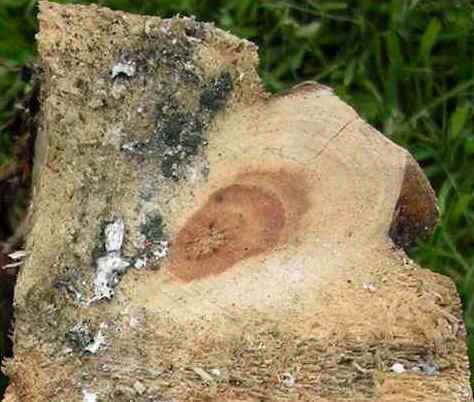...
SAP-STAIN FUNGI Some ascomycetous fungi colonise the soft (parenchymatous) tissues of freshly felled wood. These sap-stain fungi can be economically damaging because they discolour the wood and lower its value (see Chapter 11). The most conspicuous of these fungi is Chlorociboria aeruginascens (Fig. 1), also known as "Green wood-cup". It is a member of the Ascomycota, quite often seen on fallen branches of oak or alder (Alnus glutinosa). The hyphae grow through the wood and stain it a blue-green colour. Small blue-green apothecia are sometimes seen on the surface of colonised wood, but are not common.
At one time, a local industry was built up in Kent (Southern England) to produce high-quality veneers for cabinet-making or for small ornaments. Naturally stained woods of different colours were compressed into blocks of different patterns. The resulting products were termed "Tunbridge ware" because the industry was based around the town of Tunbridge Wells. Other sap-stain fungi can cause problems in commercial forestry because they rapidly colonise the soft, parenchymatous tissues of felled tumber, causing the wood to be discoloured and reducing its value. Trichoderma spp are among the most important in this respect - especially in softwoods such as pine (Figs 2 and 3, below).
Fig. 2. Sporulation of Trichoderma spp. on the exposed ends of two split pine logs, about 3 months after the logs were felled. The fungus is seen as radiating zones of white and grey-green sporing structures. The hyphae rapidly colonise the wood longitudinally, causing internal discoloration. [© Jim Deacon]
Fig. 3. Close-up view of part of Fig. 2. [© Jim Deacon] |
|||||||||||


